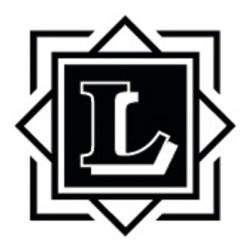Analysis
The husband (H) and the wife (W) were both 65, having married in 1980. There was one child of the marriage (C), aged 25. The former matrimonial home was Green Farm, a substantial property set in 72 acres in Kent. Trust assets fell to be divided following divorce.
In order to mitigate tax on the floatation of his company (ABC), two Jersey trusts were created by H in 1994 (No. 1 Trust and No. 2 Trust) and a company incorporated in the British Virgin Island called Giloch Investments Ltd (Giloch). No. 1 Trust was a discrertionary trust for a class of beneficiaries comprising H, W, C, H’s siblings, any employee of ABC and the Charities Aid Foundation. H, W and C were specifically excluded from the class of beneficiaries of No. 2 Trust. The beneficiaries were grandchildren, remoter issue, the Charities Aid Foundation, siblings and siblings-in-law and employees of ABC. Giloch had two classes of shares. All ten ordinary shares were owned by No. 1 Trust. The ordinary shares were entitled to all the declared dividends of Giloch, which could include a dividend in specie of all the assets of Giloch. No. 2 Trust owned the entirety of the 1,000 deferred shares. The deferred shares were not entitled to a dividend but were entitled to the capital of Giloch on a winding up. Neither class of share could vote on the potential benefits of the other: No. 2 Trust could not vote on the question of a dividend and No. 1 Trust could not vote on a winding up. The structure had the effect of sheltering capital gains made by Giloch from tax. On the division of assets following divorce, the question was to which trust the value of Giloch should be attributed.
Held
- (1) While the primary focus or objective of the arrangements was to avoid capital gains tax, there was a clear collateral understanding between H and W was that the trust arrangement was established to benefit all the members of the family (para [48]). H, W and C were all excluded from benefit of No. 2 trust, but it was a key component of the overall scheme. It was the left hand to No. 1 Trust’s right hand (para [60]). Viewed as a whole, the three entities (Giloch, No. 1 Trust and No. 2 Trust) constituted a variable post-nuptial settlement. The alternative was arbitrary (para [63]).
- (2) W’s housing needs amounted to £700,000 and her reasonable annual income need was £65,000 (para [73]). All the assets, including all the trust property, amounted to matrimonial property and should, in principle, be shared equally but reflecting the clear arrangement made during the marriage to set up a trust ultimately to benefit C and future generations (para [79]). The assets would be divided equally (para [82]). If the trustees did not cooperate, then W’s entitlement would be dealt with by offsetting against available assets, which would require Green Farm to be sold and most of H’s pension awarded to W (para [87]).
Continue reading "BJ v MJ [2011] EWHC 2708 (Fam)"

